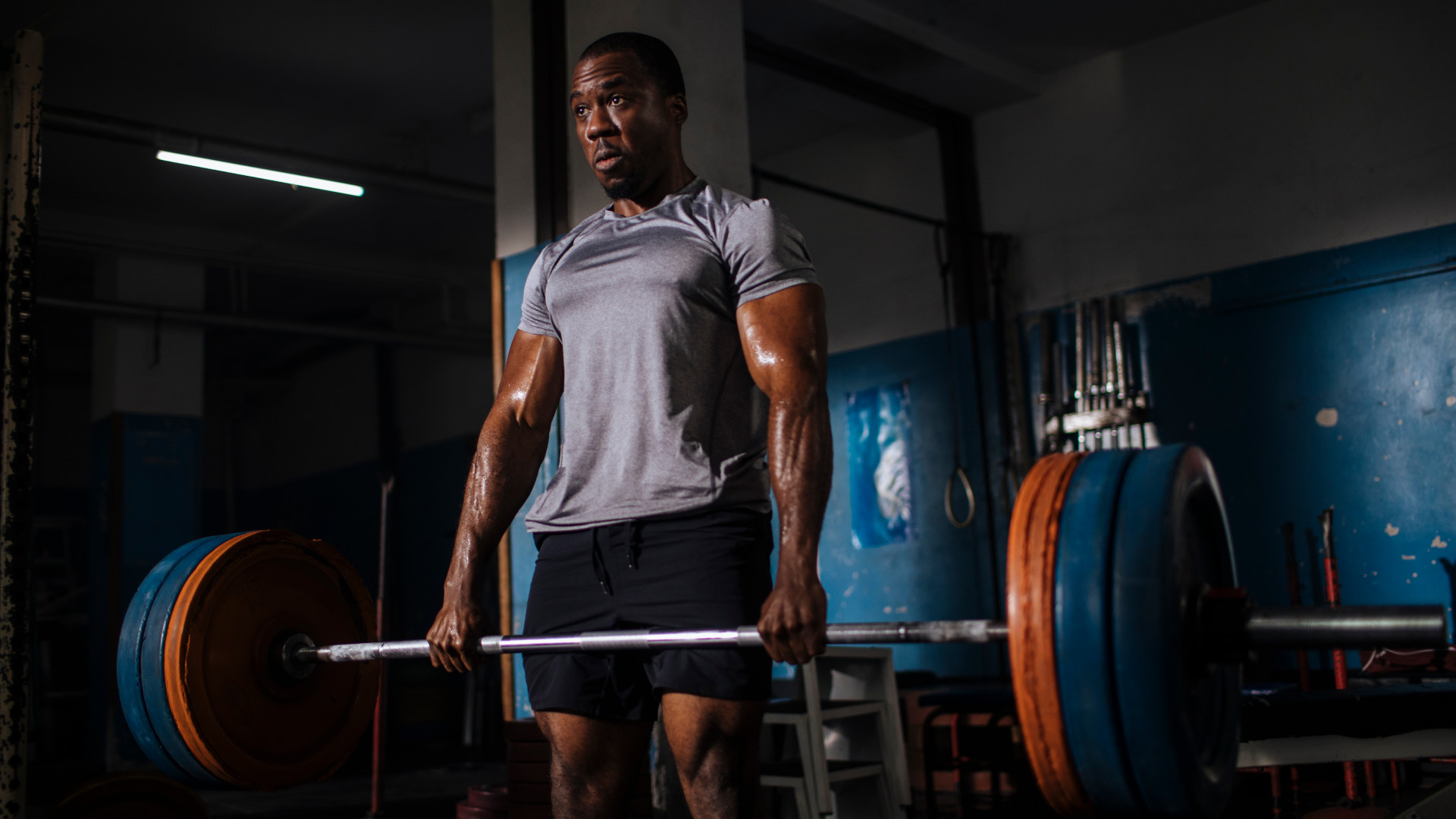
One of the major killers of muscle gains is overworking a particular muscle group and not allowing it enough time to effectively recover. The best push-pull-leg and upper/lower body workout splits aim to prevent this from happening.
Put simply, a push-pull-legs (PPL) routine will maximise time in the gym, while allowing ample time for recovery between sessions, while an upper/lower split will do largely the same by alternating the body parts worked at any one time to avoid any form of overlap.
So long as the exercise form is good and you are effectively introducing progressive overload, where the weight gradually increases over time, both popular workout routines are proven to effectively increase muscle size, while generally improving strength.
What is a push-pull-legs workout?
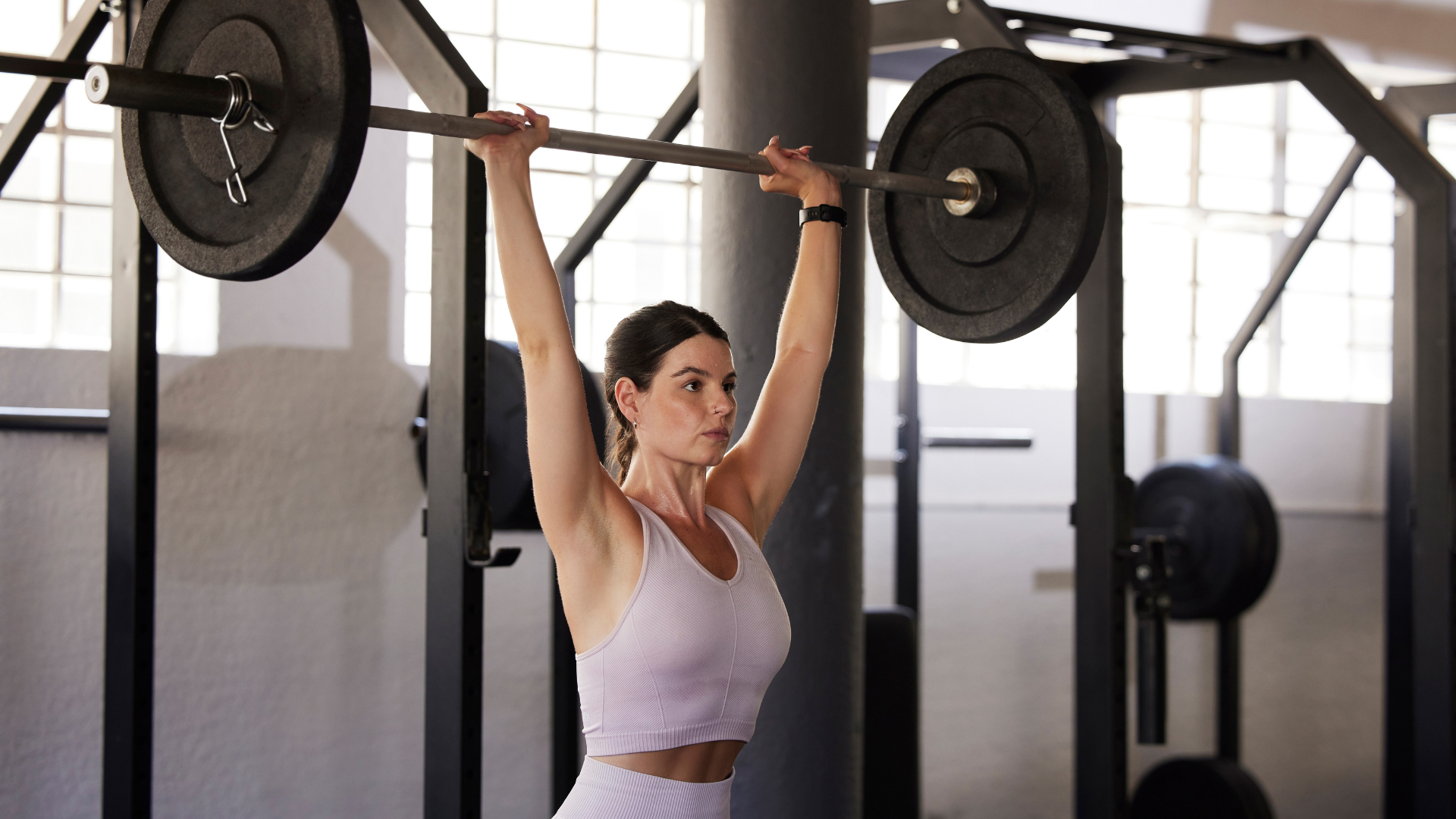
This workout routine can either be performed three times a week, offering ample opportunity for recovery for recovery (great for beginners) or six times a week for more advanced bodybuilders looking for serious muscle gain.
In essence, it separates the workouts into ‘pushing’ upper body movements, ‘pulling’ upper body movements and a day dedicated solely to legs. The general idea is that programming ‘push’ and ‘pull’ sessions on different days avoid any overlap, as different muscle groups are used for pushing and pulling movements.
On ‘push’ days, you’ll perform exercises such as bench press and overhead press, while a 'pull' day involves pulling exercises, including deadlifts, upright rows and bent-over rows.
Legs is self-explanatory, as this day will focus solely on the lower body with things like squats, Romanian deadlifts and dedicated exercises for the quads, hamstrings, glutes and calves.
Even those looking to hit the gym and strength train six times a week will find plenty of opportunity to rest the various muscle groups. For example, if you start your week with a ‘push’ session on Monday, you won’t actually hit those muscle groups again until Thursday.
What is an upper/lower body split?
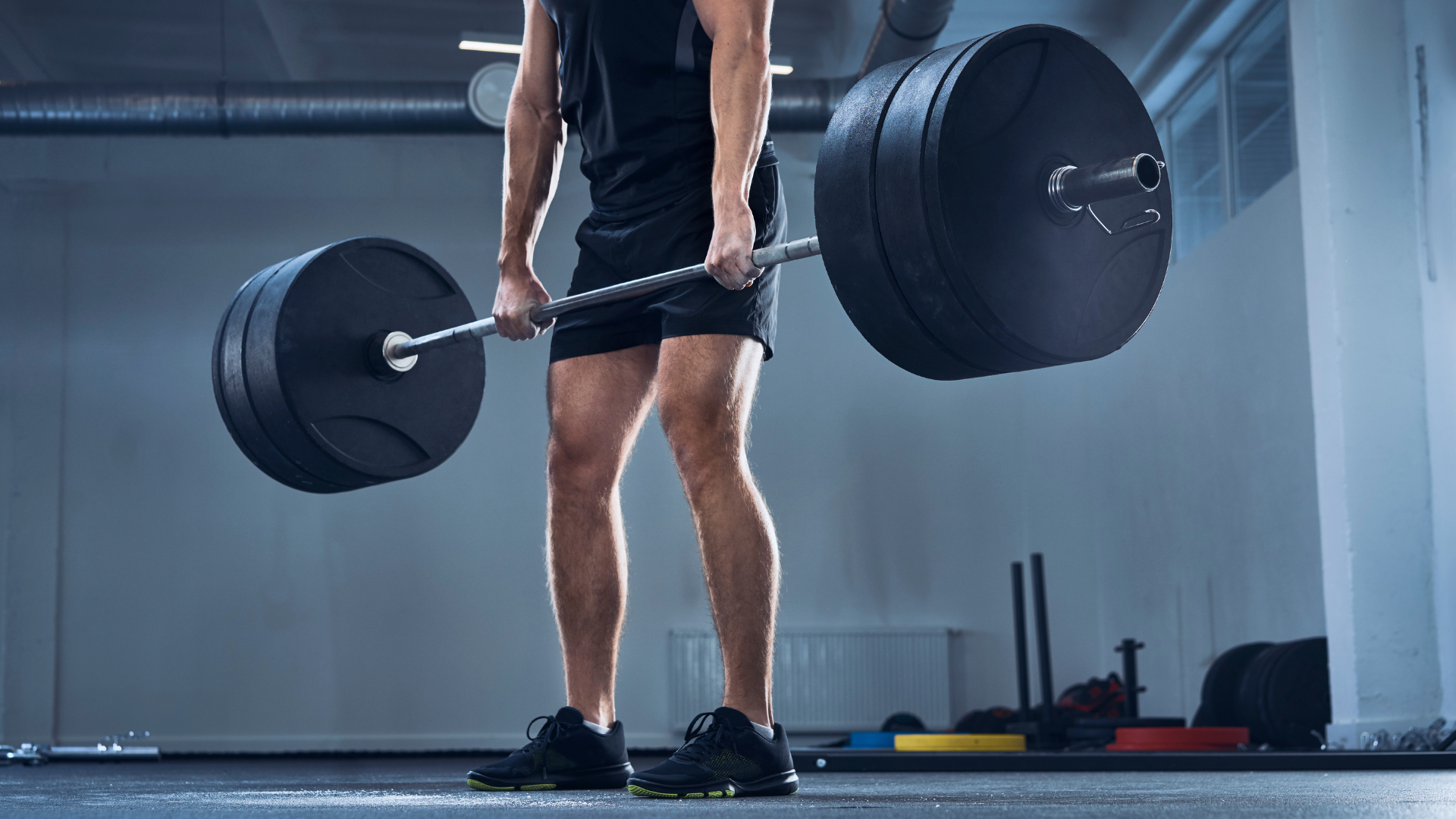
An upper/lower body split is fairly self-explanatory, as it works the muscles in the upper body one day and then focuses on the legs and lower body muscle groups the next. Typically run over four days, the split will usually follow an “Upper, Lower, Rest, Upper, Lower, Rest” format.
Rather than honing in on targeted exercises, an upper/lower split will often focus more on compound movements that work lots of muscle groups at once. Think squats, deadlifts, and overhead pressing, rather than dumbbell flies for chest sculpting and leg curls for quads.
Due to this, programming an upper/lower split can be very simple, with only a handful of exercises and fairly basic equipment required. Once your upper and lower body exercises are locked in, you can simply repeat these and gradually increase the weight over time to stimulate muscle growth.
Which is best for beginners?
Both of the workout regimes can be performed by beginners. However, both will require gym newbies to learn how to perform some of the most basic exercises correctly. It’s better to master form than to simply throw lots of weight around and hope for the best.
A push-pull-legs split is typically involves things like the barbell bench press, overhead barbell press, tricep dips and more. Pull day will see pull-ups thrown into the mix, as well as bent-over rows, bicep curls and exercises for the shoulders.

As a general rule of thumb, an upper/lower split can be more beneficial for complete newcomers, as it provides a holistic training plan that works the entire body in equal measure. The PPL split will, but its very nature, put greater emphasis on the upper body.
As mentioned previously, the upper/lower split can include some basic compound exercises that, if performed correctly, can reap huge rewards pretty quickly. Once a basic foundation of strength is established, gym-goers can then look to focus on more specialist exercises to grow or tone that particular body part.
The potential drawbacks
A push-pull-legs routine places more emphasis on the upper body, so it means the legs naturally get slightly neglected. If you’re looking to grow some serious quads or shape up those glutes, it’s worth programming the more holistic upper/lower split.
Similarly, all of this really hinges on how much time you want to dedicate to a workout routine, as volume (or the amount you train a particular muscle group per week) is key to overall muscle growth.
With that in mind, performing an upper/lower split just once a week, with one day a week dedicated to each area, isn’t going to provide the volume that’s required to build muscle in most people. A PPL performed once a week is likely to provide more volume, purely because it works the upper body twice.
Ideally, an upper/lower split requires at least four days a week, although it is possible to stretch that to six. A serious PPL split will also require six days in the gym for faster growth… so long as rest, diet and protein intake is all on point.
A word on rest and diet
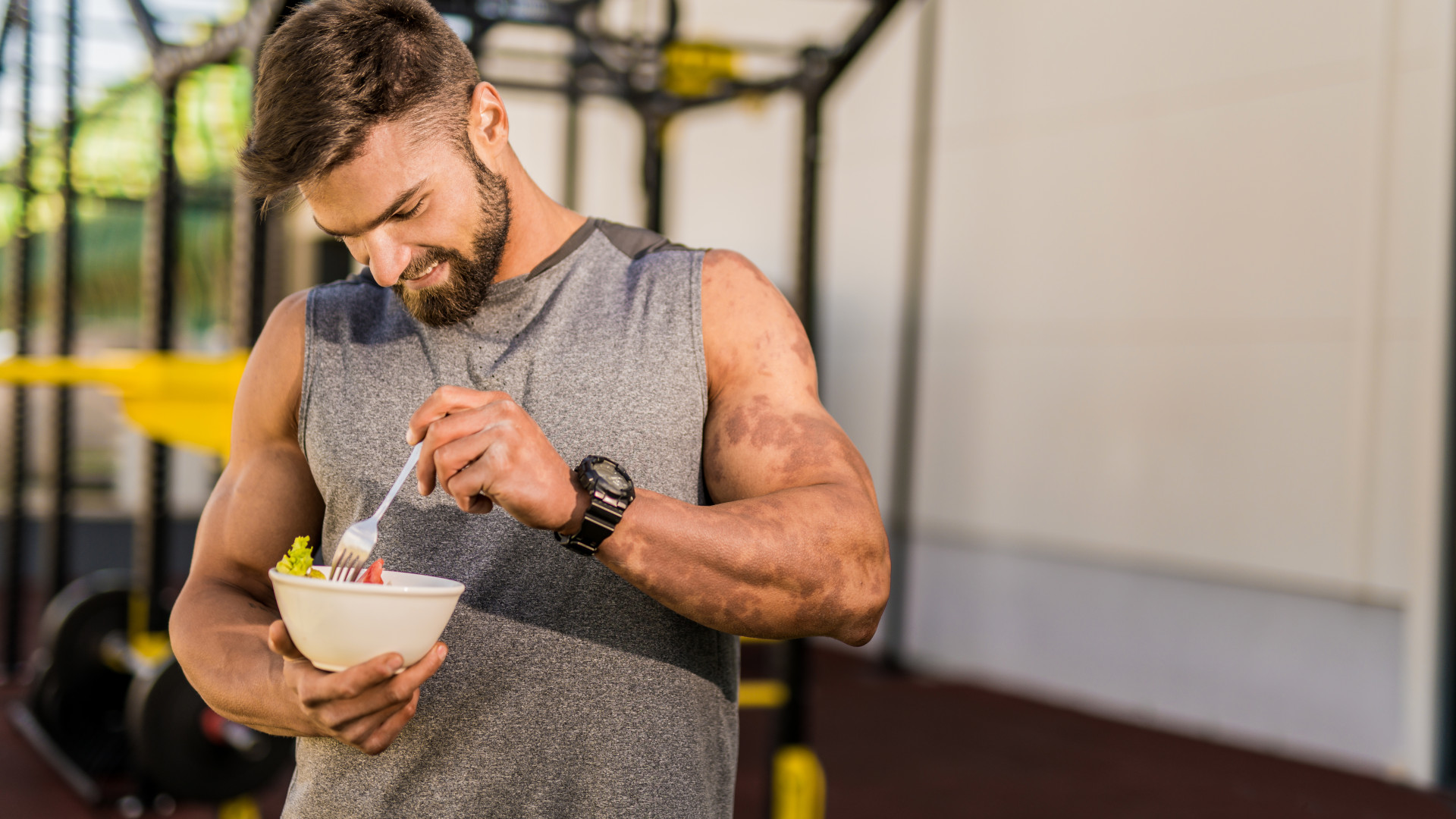
Both of these workout splits neatly promote rest in their programming, either by factoring in a rest day in between workouts or avoiding a previously worked muscle group, so as not to overwork it and potentially cause injury or overtraining syndrome.
That said, gym newcomers might feel generally sore, experiencing delayed onset muscle soreness. Even if a particularly painful muscle group isn’t being worked, simply moving around a gym can be a chore. After all, bodybuilding and muscle growth is all about creating tiny microtears in the muscle fibre, which leads to the body repairing these tears, creating a larger and stronger muscle overall.
With that in mind, it’s worth noting that you don’t actually grow in the gym. You grow when you rest, so getting plenty of sleep and a solid amount of rest in between sessions is key to muscle growth.
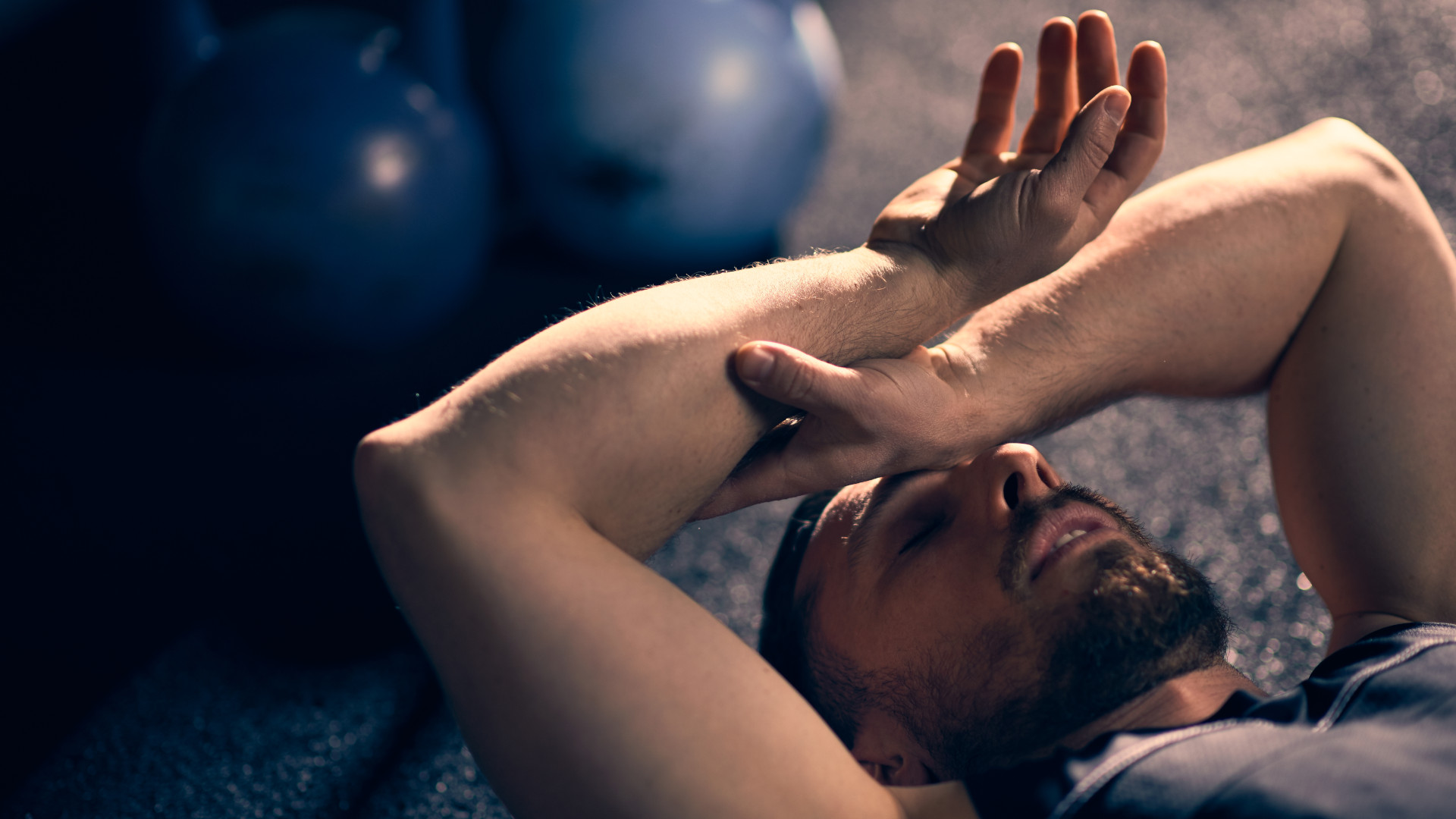
If you are actively working out, you'll need around 1.6-2.2 grams of protein per kilogram of body mass per day. Not only that, but because your body doesn't have protein reserves (unlike carb and fat reserves), you'll have to supply it with protein frequently so it can grow.
You can use protein powder and other protein supplements when needed, but try to cover the bulk of your protein needs with natural protein sources such as lean meat, nuts, eggs, oily fish, leafy green veg, tofu etc. For 'hard gainers', adding weight gainer supplements to the nutrition plan could also be beneficial.







